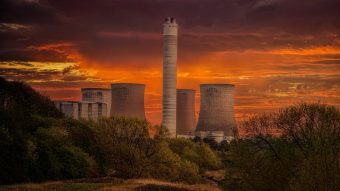The transition to a clean energy economy will be much harder and more costly without nuclear power.

That’s according to a new report from the International Energy Agency (IEA), which suggests four billion tonnes of additional carbon emissions could be generated if the proportion of power produced by nuclear resources drops significantly under its current 10% share of the global mix.
The IEA warns the future of nuclear power is uncertain, as older plants in advanced economies are increasingly becoming forced to close early as a result of political, economic and regulatory factors – it suggests without policy changes, these nations could lose up to a quarter of their nuclear capacity by 2025 and around two-thirds by 2040.
For example, low wholesale electricity prices have reduced profit margins, putting nuclear plants at risk of shutting down early – in the US, many reactors have shut down early despite having 60-year operating licenses, while others in Europe, Japan and other advanced countries also face uncertain prospects.
It notes although extending the operational life of existing nuclear plants requires substantial capital investment, its cost is competitive with clean energy technologies such as solar and wind projects.
However, if these renewable resources are to fill the shortfall in nuclear, deployment would have to sharply accelerate – wind and solar capacity has increased by about 580GW in advanced economies over the last 20 years and would have to increase five-fold over the next 20 years to fill the potential gap created by falling nuclear generation.
Dr Fatih Birol, the IEA’s Executive Director, said: “Alongside renewables, energy efficiency and other innovative technologies, nuclear can make a significant contribution to achieving sustainable energy goals and enhancing energy security.
“But unless the barriers it faces are overcome, its role will soon be on a steep decline worldwide, particularly in the United States, Europe and Japan.”
Source: Energy Live News





